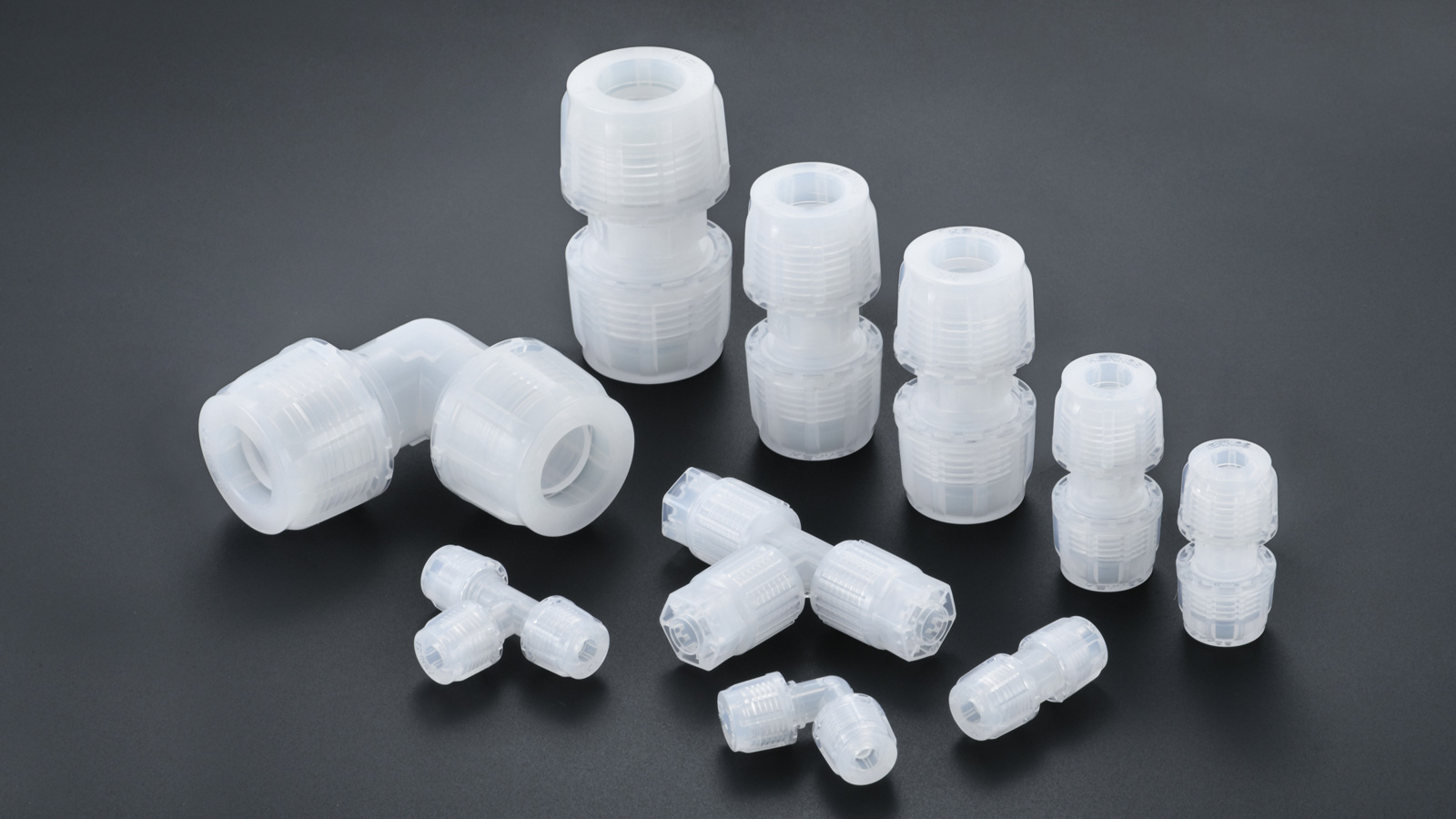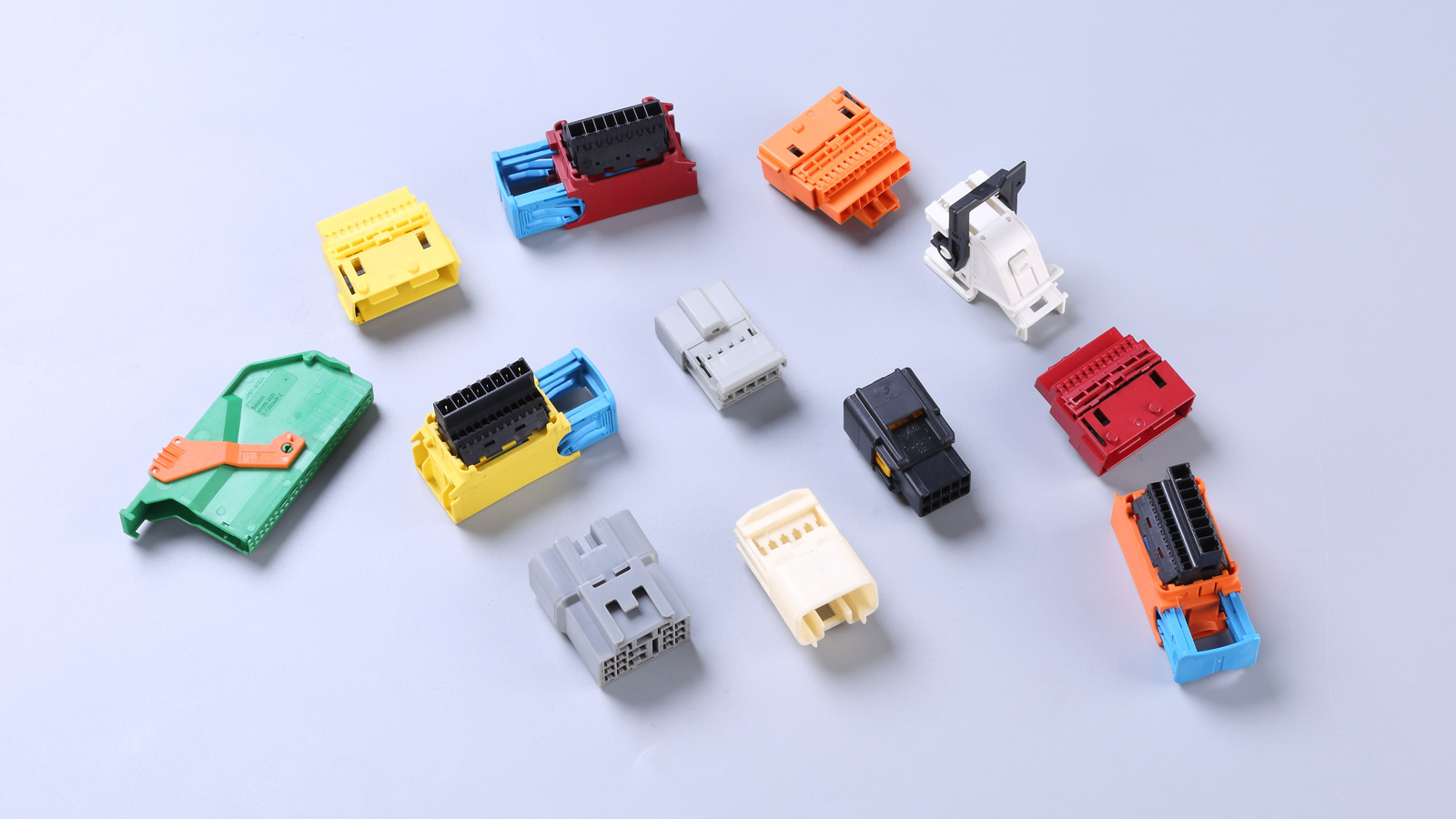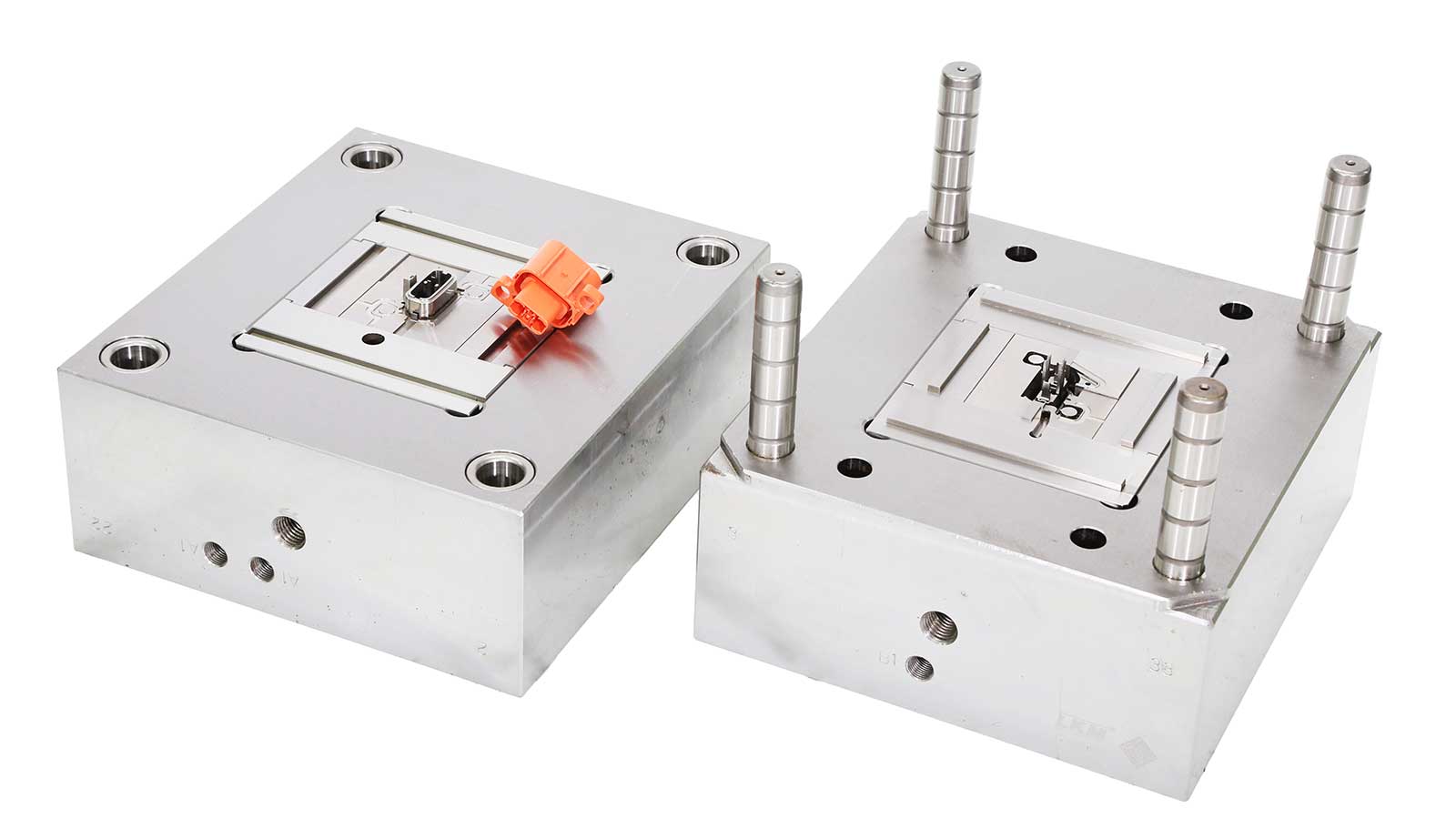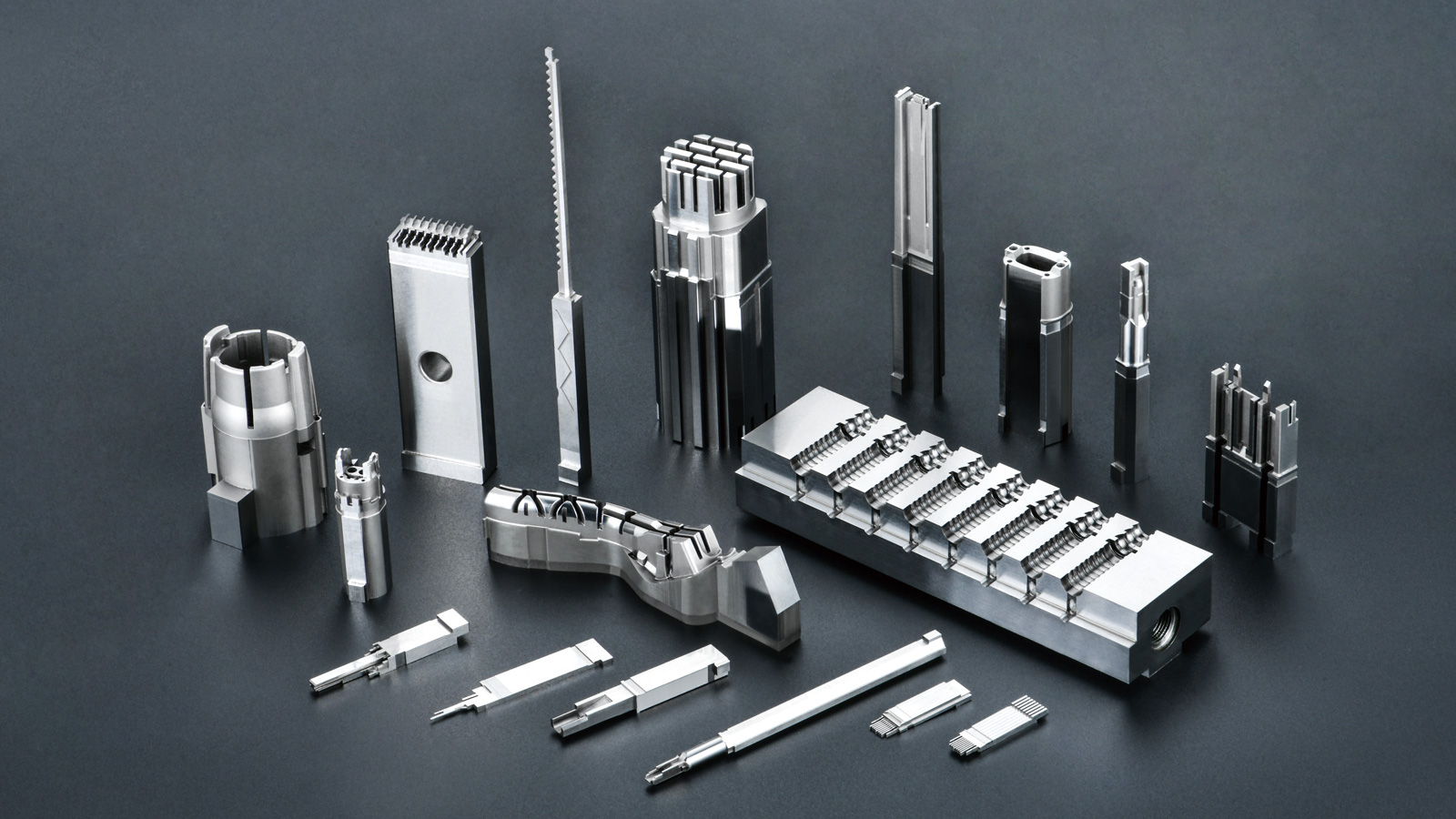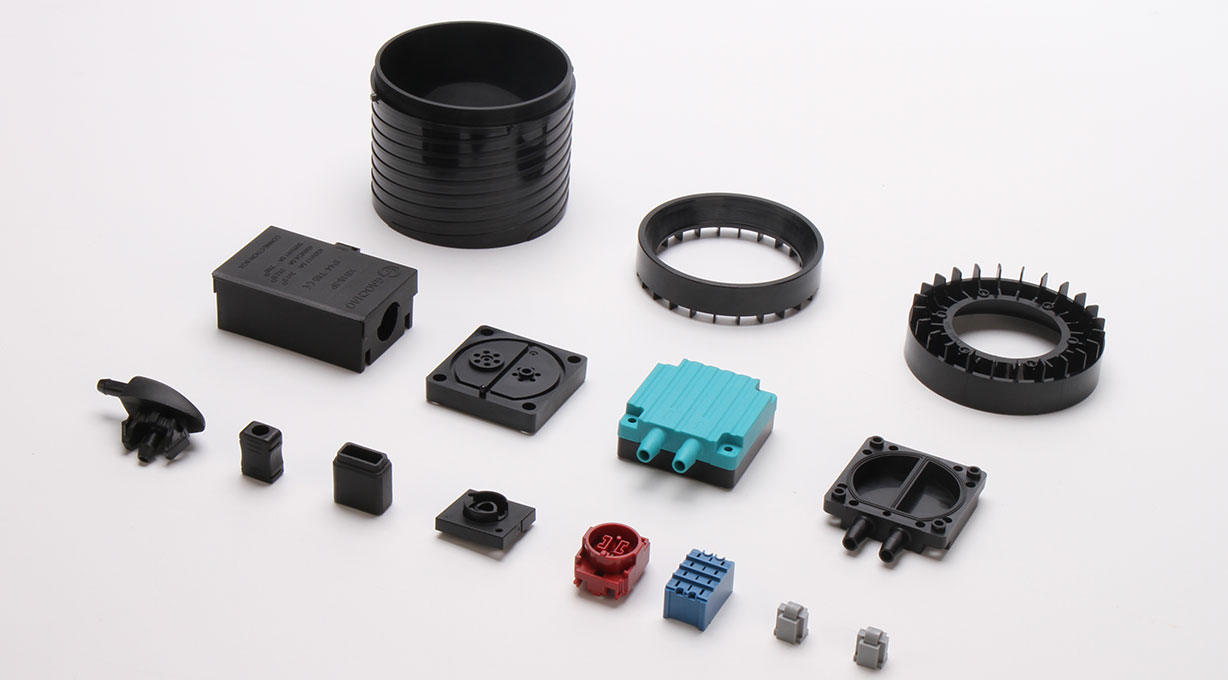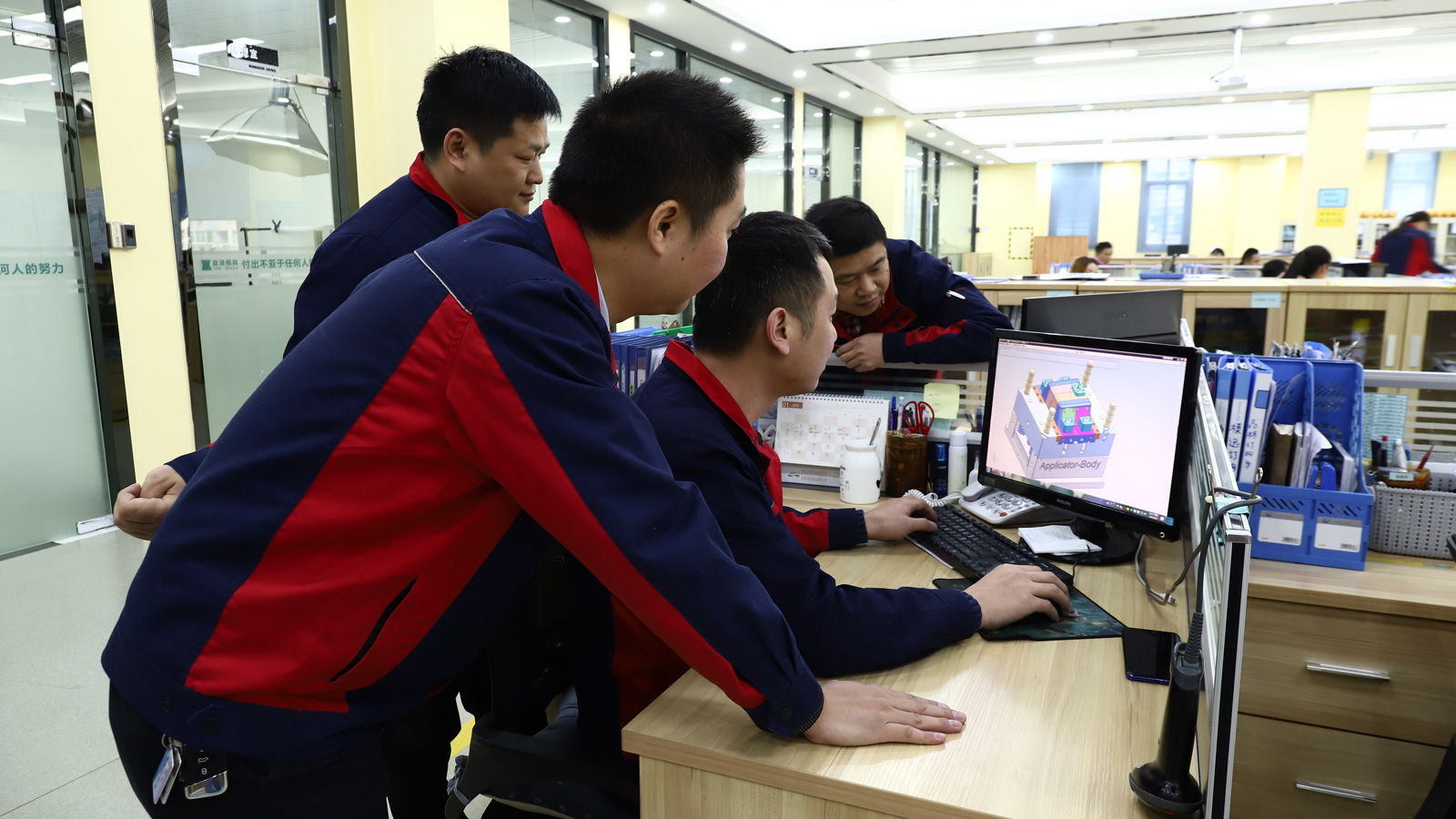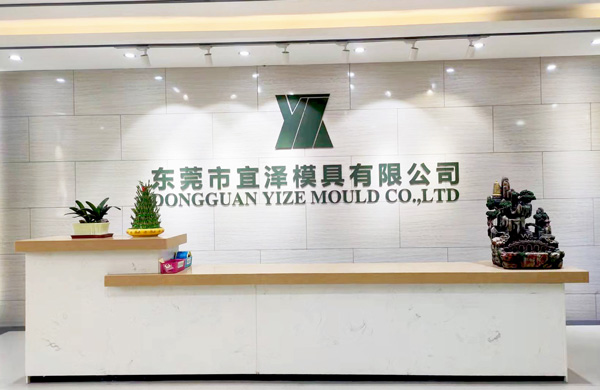In the field of injection molding, main runner sticking is a problem that cannot be ignored. It refers to the phenomenon that the main runner of the injection molded product fails to separate smoothly from the plastic mold during the demolding process. This phenomenon not only affects production efficiency, but may also have an adverse effect on product quality. So, what exactly causes main runner sticking? And how can it be effectively eliminated?
There are various causes of main runner sticking. The following are several main aspects:
First, improper cooling time setting during injection molding is one of the common causes of main runner sticking. When the cooling time is too short, the main runner has not been fully cooled and solidified, and it is difficult to fall off smoothly when the mold is opened. Therefore, reasonable adjustment of the cooling time is an important measure to prevent main runner sticking.
Secondly, insufficient design of the demolding slope of the main runner is also a factor that causes sticking. The main runner should have a certain slope so that it can slide out smoothly during demolding. If the slope is not enough, the demolding slope of the main runner should be appropriately increased to reduce demolding resistance.
Furthermore, improper matching dimensions between the main runner bushing and the nozzle of the injection mold may also cause leakage problems, which in turn leads to main runner sticking. Therefore, during the mold design and manufacturing process, the matching dimensions of the main runner bushing and the nozzle should be ensured to be accurate to avoid leakage.
In addition, the roughness of the main runner surface and the setting of the cold well are also important factors affecting the demolding of the main runner. If the main runner surface is too rough and the cold well is not set, it is easy to increase the difficulty of demolding. Therefore, the roughness of the main runner surface should be improved, and the cold well should be reasonably set to reduce the demolding resistance.
Finally, the low temperature of the injection molding machine nozzle may also cause the main runner to stick. When the nozzle temperature is too low, the fluidity of the plastic melt will be affected, thereby increasing the adhesion between the main runner and the mold. Therefore, the injection molding temperature should be appropriately increased to ensure that the plastic melt has good fluidity.
In summary, there are various reasons for the main runner sticking in injection molding, but by reasonably adjusting the cooling time, increasing the main runner demolding angle, ensuring the precise mold matching dimensions, improving the main runner surface roughness and setting up cold wells, and increasing the injection temperature, we can effectively eliminate this fault and improve the production efficiency and product quality of injection molding.

